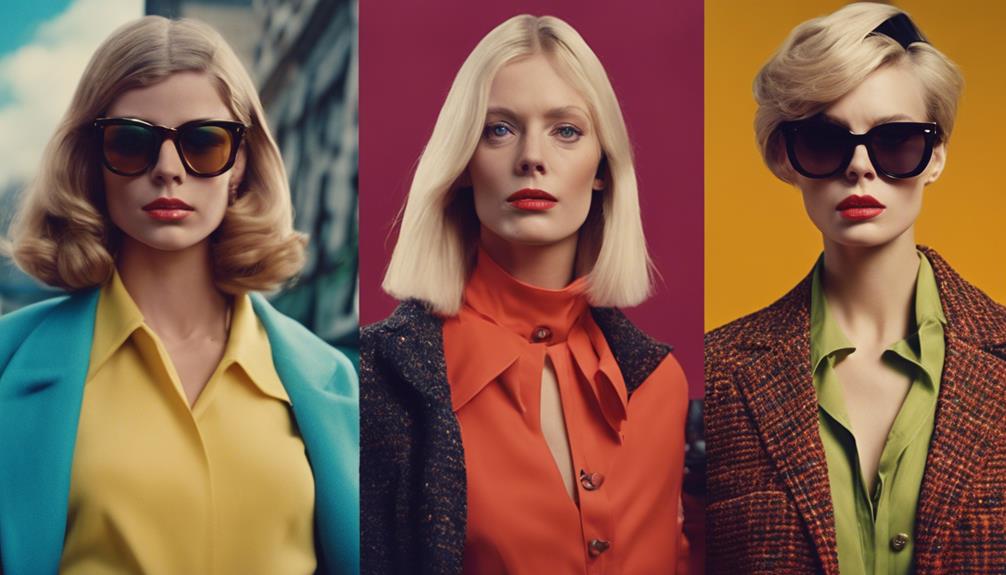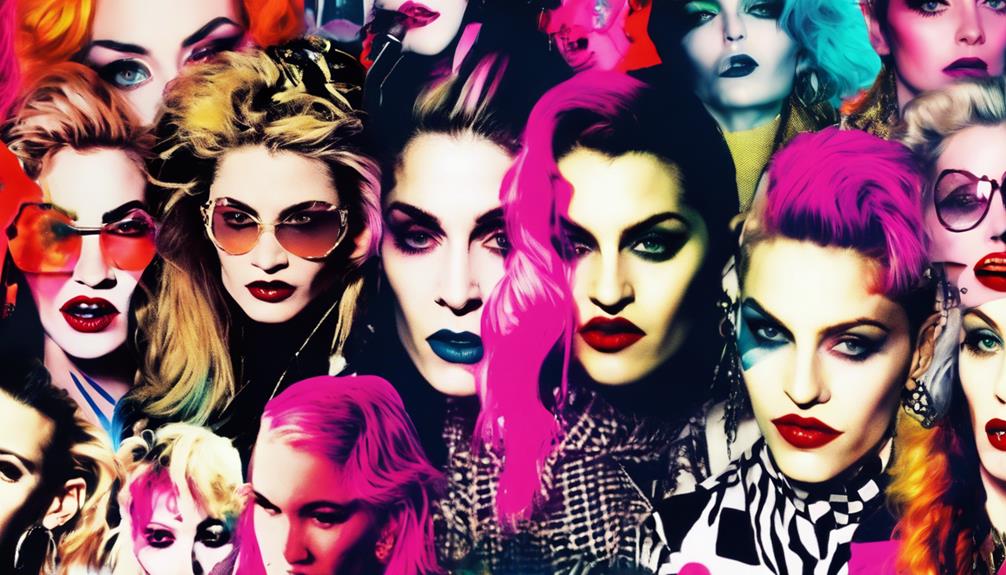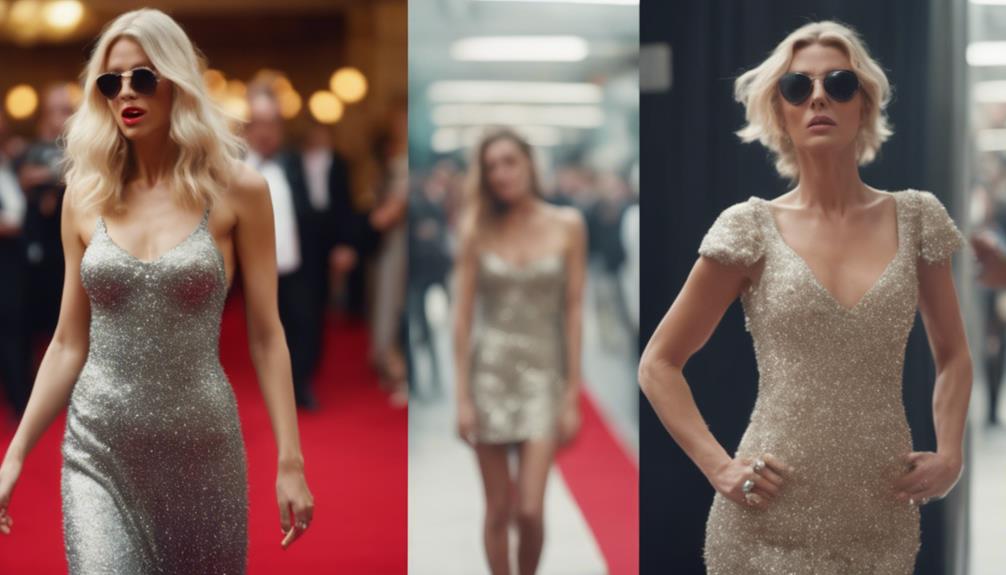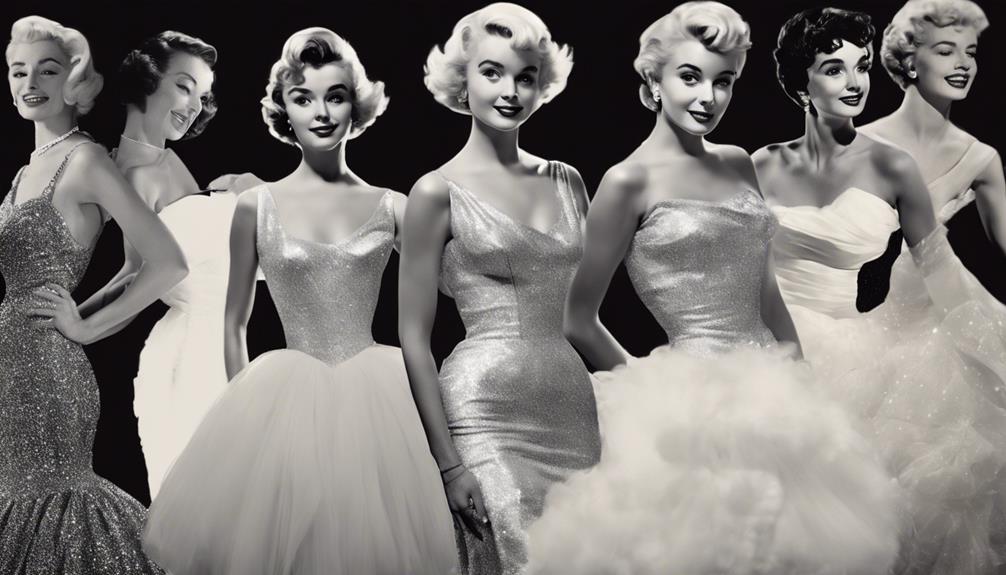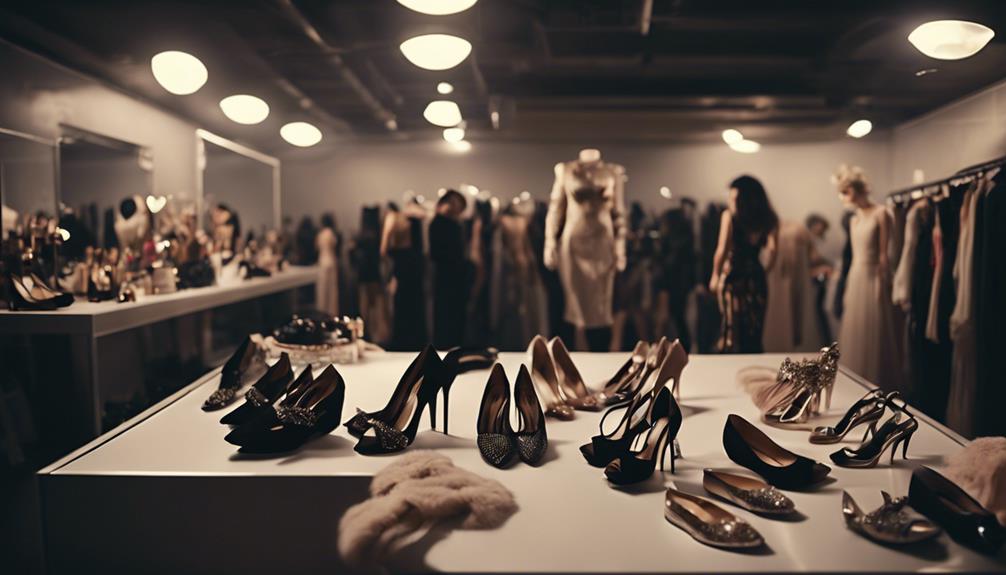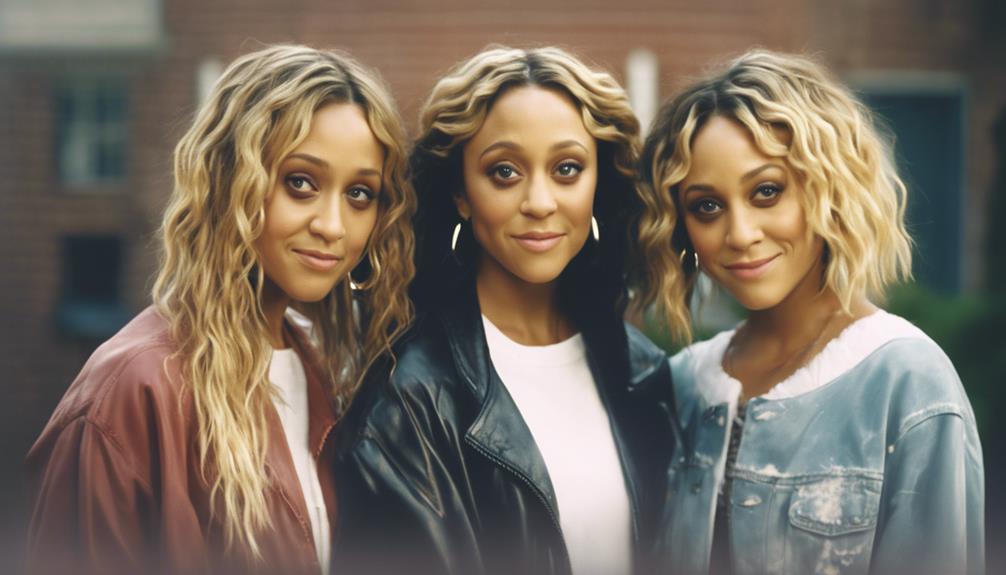The fashion evolution of style icons like Audrey Hepburn, Marilyn Monroe, and Princess Diana has greatly impacted the industry, shaping trends, and influencing consumer behavior. From Old Hollywood glamour to modern celebrity fashion, their iconic styles have inspired designers and consumers alike. The 'It Girl' phenomenon, street style culture, and social media have reshaped femininity in fashion, celebrating individuality and inclusivity. As style icons move from runway to red carpet, their influential impact on global fashion trends is undeniable. Exploring the transformative journey of these style icons reveals a rich tapestry of fashion history, and there's more to uncover.
Key Takeaways
• Audrey Hepburn and Marilyn Monroe's Old Hollywood glamour continues to influence modern celebrity fashion, with designers still drawing inspiration from their iconic styles.
• The 'It Girl' phenomenon, popularized by Clara Bow, has evolved to include modern influencers, shaping fashion trends and celebrity culture.
• Femininity in fashion has transitioned from traditional norms to celebrating individuality and inclusivity, with icons like Diane Keaton and Alicia Silverstone redefining the concept.
• Street style culture has emerged as a platform for personal expression, blurring the lines between high and low fashion, and influencing style icons' fashion choices.
• Social media has transformed the fashion landscape, allowing style icons to craft their digital presence, engage with a global audience, and showcase their evolving fashion sense in real-time.
Timeless Elegance of Old Hollywood
During Hollywood's golden age, Audrey Hepburn emerged as the epitome of elegance, enchanting audiences with her understated yet polished sense of style. Her collaboration with renowned designer Hubert de Givenchy set a new standard for timeless elegance, characterized by clean lines, elegant accessories, and an overall sense of sophistication. This partnership resulted in iconic looks that continue to inspire designers and fashion enthusiasts worldwide.
Hepburn's style, devoid of excessive embellishments, exuded a quiet confidence and refinement that captivated the hearts of many. Her influence on fashion is still palpable today, with her iconic looks remaining a staple of timeless elegance. As a style icon, Hepburn's legacy continues to inspire the fashion industry, showcasing the enduring impact of her iconic style on contemporary trends. Her influence serves as a testimony to the power of understated elegance, proving that true style is ageless and transcends fleeting fashion trends.
Birth of the It Girl Era
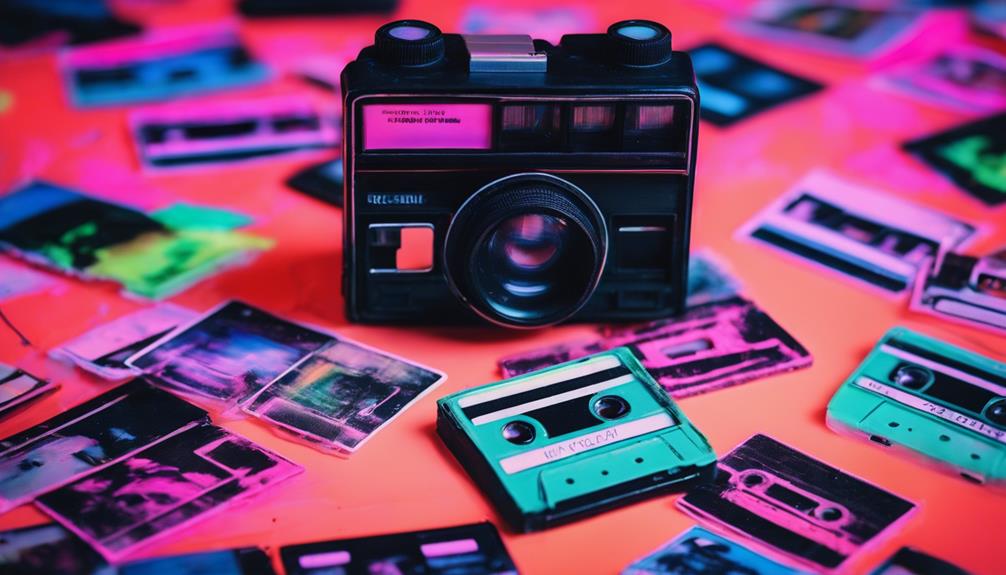
As the spotlight shifted from Old Hollywood's timeless elegance, a new era of fashion emerged, marked by the rise of the 'It Girl,' a charismatic and stylish phenomenon that would redefine the boundaries of fashion and celebrity culture.
The early 20th century saw the birth of the 'It Girl' era, characterized by fashionable, charismatic women who set trends. Clara Bow, a silent film star, was one of the first 'It Girls,' known for her bob haircut and flapper style.
The concept of the 'It Girl' evolved to represent influential women in fashion, film, and society. During the Roaring Twenties, 'It Girls' like Zelda Fitzgerald and Louise Brooks embodied the spirit of the era with their daring fashion choices.
The term 'It Girl' became synonymous with trendsetters who exuded charm, charisma, and cutting-edge style. These fashion icons of the 'It Girl' era redefined the fashion landscape, paving the way for future generations of style influencers. Their impact on fashion and celebrity culture continues to be felt today.
Redefining Femininity in Fashion
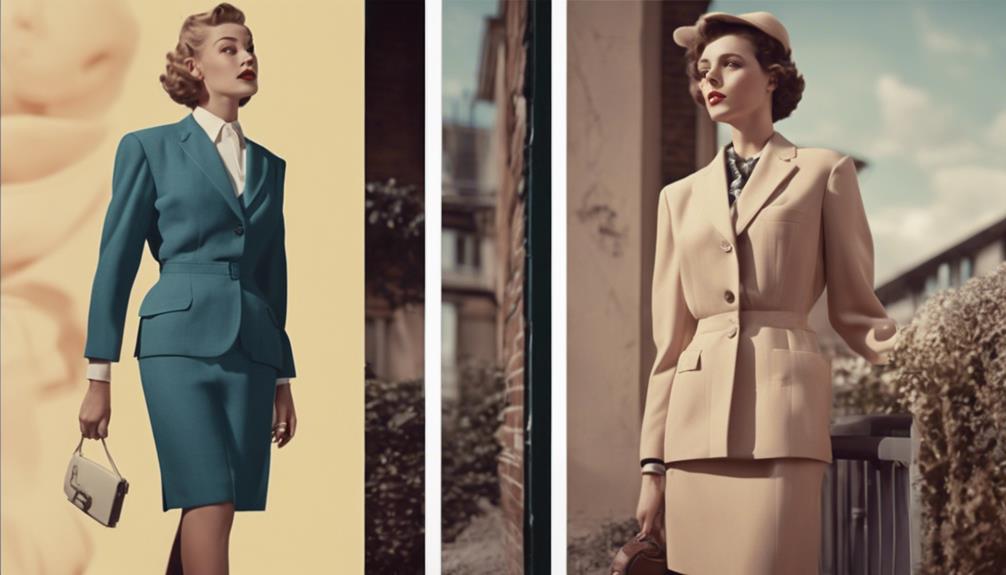
As fashion icons continue to redefine femininity, they're softening traditional edges with modern twists, showcasing sharp styles that exude confidence, and unfolding empowering silhouettes that break free from restrictive norms.
This transformation is redefining what it means to be feminine, moving away from stifling stereotypes and embracing individuality. Through their fashion choices, these icons are rewriting the rules of femininity, paving the way for a more inclusive and empowering understanding of style.
Softening Edges, Sharp Style
Audrey Hepburn's radical shift from structured silhouettes to softer, feminine styles redefined elegance in the fashion world, subtly challenging traditional notions of femininity. Her iconic transformation paved the way for future style icons to experiment with their own unique expressions of femininity.
Some notable examples include:
- Diane Keaton's androgynous fashion choices in Annie Hall, showcasing a sharp yet sophisticated style.
- Jennifer Aniston's portrayal of Rachel Green in Friends, popularizing the girl-next-door chic with a mix of high-waisted jeans and crop tops.
- Alicia Silverstone's Cher Horowitz in Clueless, embracing playful, colorful ensembles, softening fashion edges with a touch of nostalgia.
- Sarah Jessica Parker's Carrie Bradshaw in Sex and the City, exemplifying sharp style with eclectic ensembles and a fearless approach to fashion.
These style icons have contributed to the evolution of femininity in fashion, softening edges and embracing sharp style. Their influence has empowered women to experiment with their own unique expressions of femininity, redefining what it means to be a woman in the fashion world.
Empowering Silhouettes Unfold
Femininity in fashion has undergone a profound makeover, evolving from restrictive silhouettes to empowering designs that celebrate individuality and self-expression. This shift is largely attributed to style icons who've boldly redefined femininity, breaking free from traditional norms and embracing diverse body types.
Modern fashion now celebrates inclusivity, showcasing a variety of silhouettes that empower individuals to express their unique style. The rise of empowering silhouettes in fashion reflects a broader cultural movement towards gender equality and self-empowerment. Style icons have played a significant role in this transformation, inspiring individuals to embrace their authenticity.
The Rise of Street Style Culture
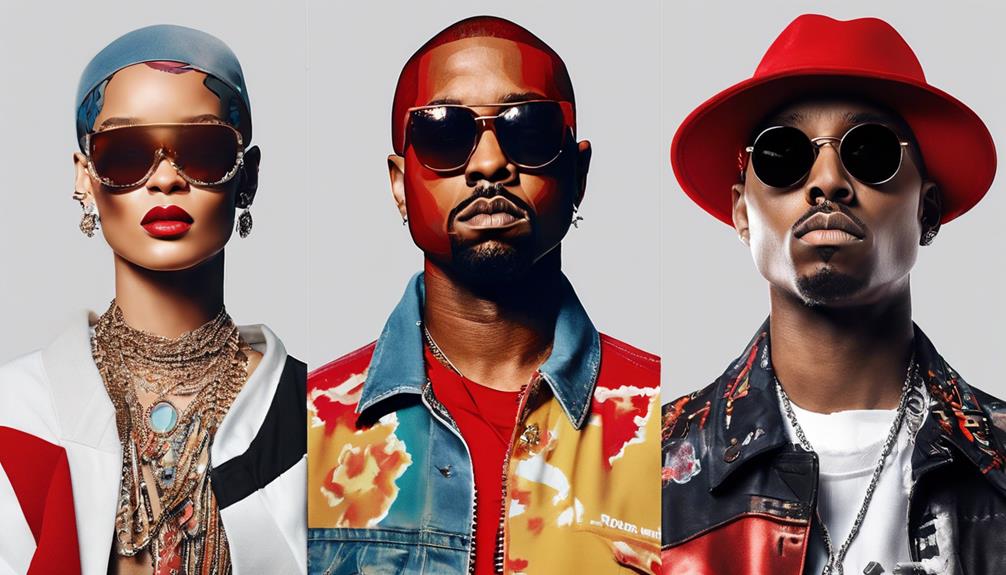
In the 20th century, urban environments became the backdrop for a revolutionary fashion phenomenon: street style culture, which emerged as a form of personal expression through fashion. This movement was influenced by diverse subcultures and music genres, making it a prominent fashion phenomenon. Street style photography gained popularity, capturing unique and innovative fashion choices on the streets.
Some notable street style icons, such as The Sartorialist and Tommy Ton, documented and popularized street fashion worldwide. This cultural shift has had a lasting impact on the fashion industry, blurring the lines between high and low fashion.
Street style culture continues to evolve, influencing mainstream trends. It's a testament to the power of fashion as a form of self-expression, much like Coco Chanel's liberation of women through fashion or Princess Diana's bold fashion choices.
Street style culture emerged as a form of personal expression through fashion. Influenced by diverse subcultures and music genres, street style became a prominent fashion phenomenon. Street style photography gained popularity, capturing unique and innovative fashion choices. Street style icons like The Sartorialist and Tommy Ton documented and popularized street fashion worldwide.
Evolution of Celebrity Fashion
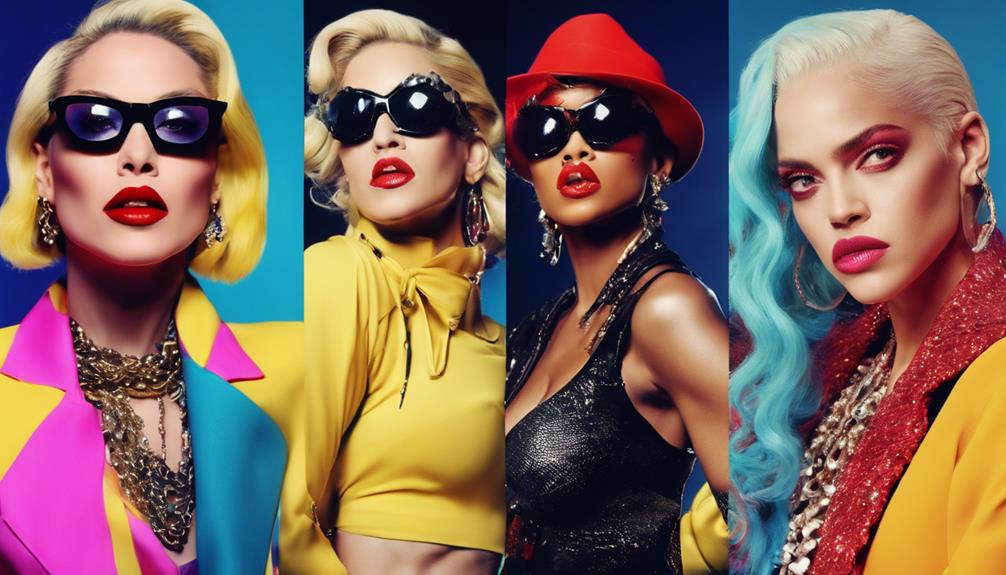
Celebrity fashion has undergone a significant transformation, shifting from the classic glamour of Old Hollywood to a modern, trend-setting aesthetic that showcases individuality and self-expression.
Icons like Audrey Hepburn and Marilyn Monroe set the standard for elegance in the past, epitomizing the quintessential Hollywood style.
Today, celebrities like Rihanna and Beyoncé influence fashion with bold, innovative choices that reflect their unique personal style.
The evolution of celebrity fashion is a reflection of changing societal norms and trends in the industry.
Social media has transformed how celebrities showcase their style and connect with fans, providing a platform for them to express themselves and share their fashion choices with the world.
This shift has led to a more diverse and inclusive representation of fashion, where individuality and creativity are celebrated.
As a result, celebrity fashion has become more relatable and accessible, inspiring fans to experiment with their own personal style.
Influence of Social Media on Style
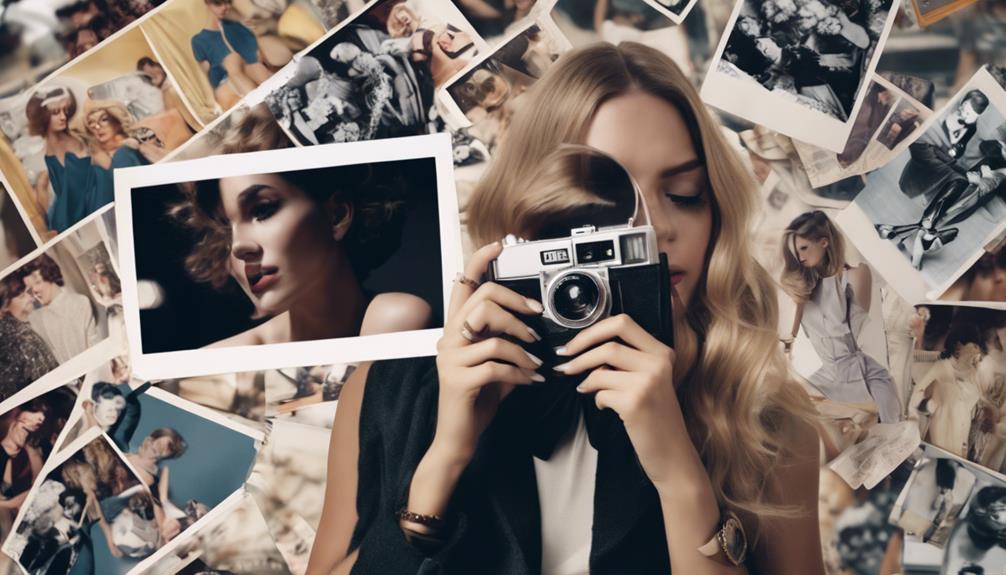
As social media continues to shape the fashion landscape, style icons are leveraging these platforms to redefine their visual identities, collaborate with brands, and amass massive followings.
The digital age has given rise to a new breed of influencers who've mastered the art of crafting an online persona that resonates with their audience.
Today's style icons are leveraging social media to curate a digital presence that's authentic, relatable, and undeniably fashionable.
Visual Identity Shifts
They harness the power of social media to redefine their visual identities, leveraging platforms like Instagram to showcase their evolving fashion choices and engage with a global audience in real-time. This shift in visual identity allows style icons to connect directly with fashion lovers, influencing the fashion world and shaping their style of dressing.
As a result, style icons adapt their visual identities to cater to social media trends, incorporating influencer marketing strategies to stay relevant. This democratization of fashion through social media enables direct communication between style icons and their followers, shaping their fashion evolution.
Some key aspects of this visual identity shift include:
- Style icons experiment with diverse looks, embracing authenticity and engaging with their audience on a personal level.
- Social media platforms provide a space for style icons to share their fashion choices, influencing their followers and shaping the fashion world.
- The instant feedback loop of social media allows style icons to refine their style, responding to their audience's preferences and opinions.
- This visual identity shift has transformed the fashion world, enabling style icons to connect with a global audience and redefine their fashion choices in real-time.
Digital Age Influencers
Social media platforms have catapulted a new breed of influencers to style icon status, with Chiara Ferragni and Hailey Bieber boasting millions of followers who hang onto their every fashion move.
These digital age influencers have revolutionized the fashion industry, offering diverse representations beyond traditional fashion icons like Kate Moss and Cindy Crawford. In contrast to the supermodels of the 90s, modern influencers opt for urban styles, blending trendy garments with luxury elements to create unique fashion statements.
Plaid mini-skirts, once a staple of the 90s, have made a comeback, thanks in part to the influence of social media. Engagement with followers through interactive posts and exclusive digital content has solidified the influence of social media influencers in shaping fashion trends.
As a result, brands are now collaborating with influencers to reach a wider audience, further cementing their status as style icons. The digital age has unquestionably changed the fashion landscape, and these influencers are leading the charge.
Online Persona Crafting
Through carefully crafted online personas, style icons leverage social media platforms to project a curated image of themselves, seamlessly blending authenticity with aspirational appeal. This online persona crafting has revolutionized the way style icons present themselves to the world, allowing them to reach a global audience and build a personal brand.
Some key strategies style icons use to craft their online personas include:
- Sharing behind-the-scenes glimpses into their personal lives to create a sense of relatability
- Collaborating with brands and fellow influencers to expand their reach
- Posting high-quality, visually appealing content that showcases their evolving fashion sense
- Engaging with followers through comments and stories to build a loyal community
Today, an undisputed style icon like Audrey Hepburn would likely use social media to showcase her iconic sense of style, from her signature Little Black Dress to her effortless chic ensembles. By doing so, she'd be able to connect with fans around the world and solidify her status as a timeless fashion icon.
From Runway to Red Carpet
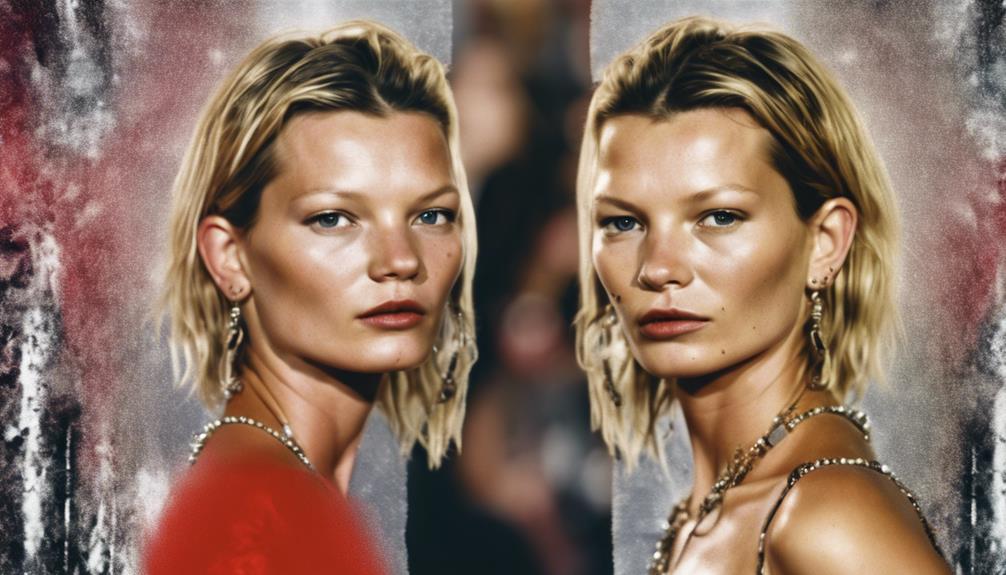
On the catwalk, style icons showcase their versatility, and then, with calculated flair, they recreate these looks on the red carpet, reimagining high fashion for a broader audience.
This seamless shift from runway to red carpet allows style icons to experiment with different designers, silhouettes, and trends while maintaining their signature style. Icons like Audrey Hepburn and Rihanna have mastered this art, creating iconic red carpet moments that continue to inspire.
The red carpet serves as a platform for style icons to make bold statements, elevate their image, and capture the attention of the fashion industry. By translating their runway fashion choices into red carpet ensembles, style icons demonstrate their adaptability, creativity, and influence on global fashion trends.
As they navigate the red carpet, style icons showcase their ability to reinterpret high fashion, making it more accessible and glamorous for a wider audience. This transformation from runway to red carpet is a reflection of their enduring impact on the fashion world.
Legacy of Style Icons Today
Timelessness is the hallmark of a true style icon, as evidenced by the lasting impact of Audrey Hepburn and Princess Diana on modern fashion trends. Their elegance and sophistication continue to inspire designers, influencers, and consumers alike.
The influence of style icons extends beyond their own era, with fashion houses often collaborating with them or drawing inspiration from their style. For instance, Jacqueline Kennedy's classic American look has influenced designers like Oscar de la Renta, while Naomi Campbell's powerful presence has made her a staple in high-end fashion campaigns.
Some key aspects of the legacy of style icons today include:
- Their influence on modern fashion trends, as seen in the work of designers like Alexander McQueen and Chanel.
- Their continued presence in marketing and advertising campaigns, showcasing their enduring appeal.
- The rise of new style icons, such as Instagram influencers, who are shaping modern fashion trends with their unique styles.
- The way their style transformations continue to resonate with a wide audience, transcending generations and demographics.
Frequently Asked Questions
How Has Fashion Changed Over Time?
Over time, fashion has undergone significant transformations, reflecting societal shifts and cultural influences.
From structured silhouettes in the early 1900s to the liberation of the 1960s and 1980s, fashion has continually evolved.
The 1990s to 2020s saw a focus on minimalism, casual dressing, and sustainability.
Trends have been shaped by subcultures, music, film, and historical events, creating a dynamic landscape of styles.
Who Is the Most Iconic Fashion Icon?
The question of who's the most iconic fashion icon is a debated topic, with various style legends vying for the top spot. While opinions may vary, Audrey Hepburn's enduring elegance and timeless collaboration with Hubert de Givenchy make a strong case for her as the most iconic.
Her influence on fashion and pop culture continues to inspire, solidifying her status as a style icon for the ages.
How Did Fashion History Evolve?
Fashion history evolved greatly over the decades, transforming from structured silhouettes in the early 1900s to more natural forms post-1940s.
Cultural movements, such as the Swinging Sixties and women's liberation, influenced fashion trends in the 1960s to 1980s.
The 1990s to 2020s saw the rise of minimalism, casual dressing, and sustainability.
Global events like 9/11 and the Covid outbreak also impacted fashion trends, showcasing the dynamic evolution of style over time.
How Did Fashion Change in the 1920s?
In the 1920s, fashion underwent a significant transformation, reflecting the newfound freedom and liberation of the post-World War I era. Hemlines rose, silhouettes became looser, and waistlines dropped, marking a departure from restrictive clothing.
The iconic flapper style emerged, characterized by beaded dresses, feathered headbands, and bobbed haircuts.
Art Deco influences and Coco Chanel's revolutionary designs, such as the little black dress, further defined the era's fashion landscape.
Conclusion
To sum up, the evolution of style icons' fashion serves as proof of the dynamic nature of style. While it's ironic that the most enduring fashion icons are those who defied convention, their influence has been distilled into a homogenous, cookie-cutter aesthetic.
As we celebrate their legacy, it's crucial to remember that true style lies in individuality, not imitation. By embracing this paradox, we can break free from the constraints of trendy conformity and forge a new path, where fashion is once again a reflection of the self.
